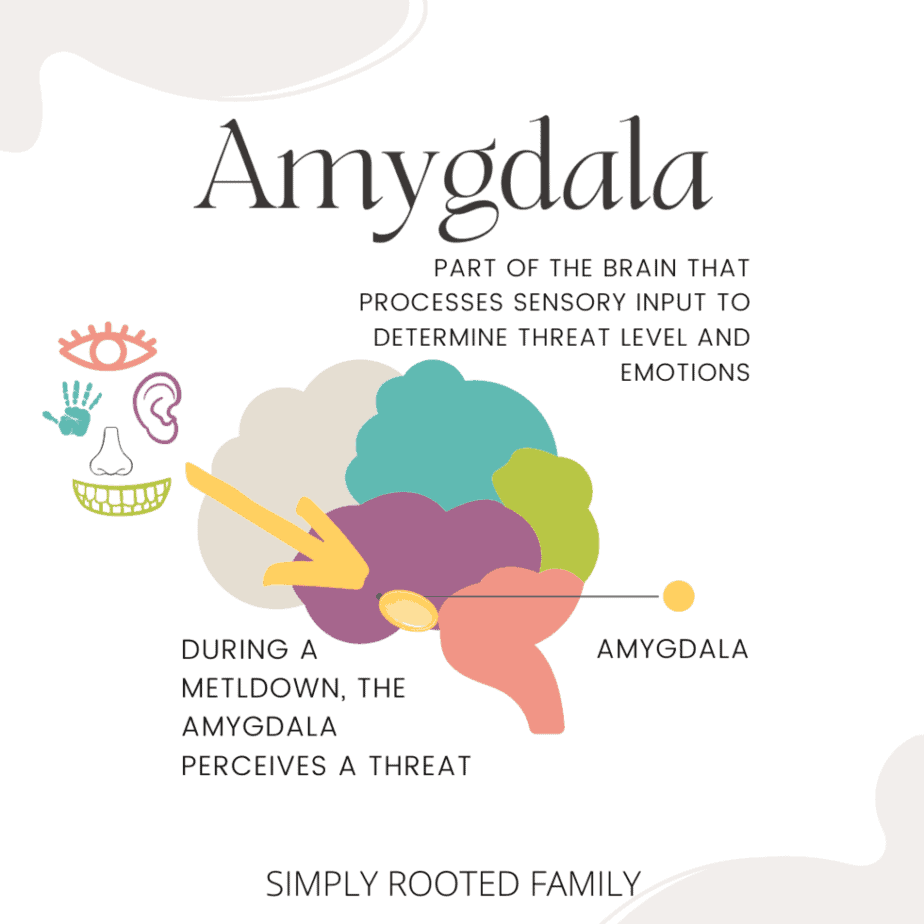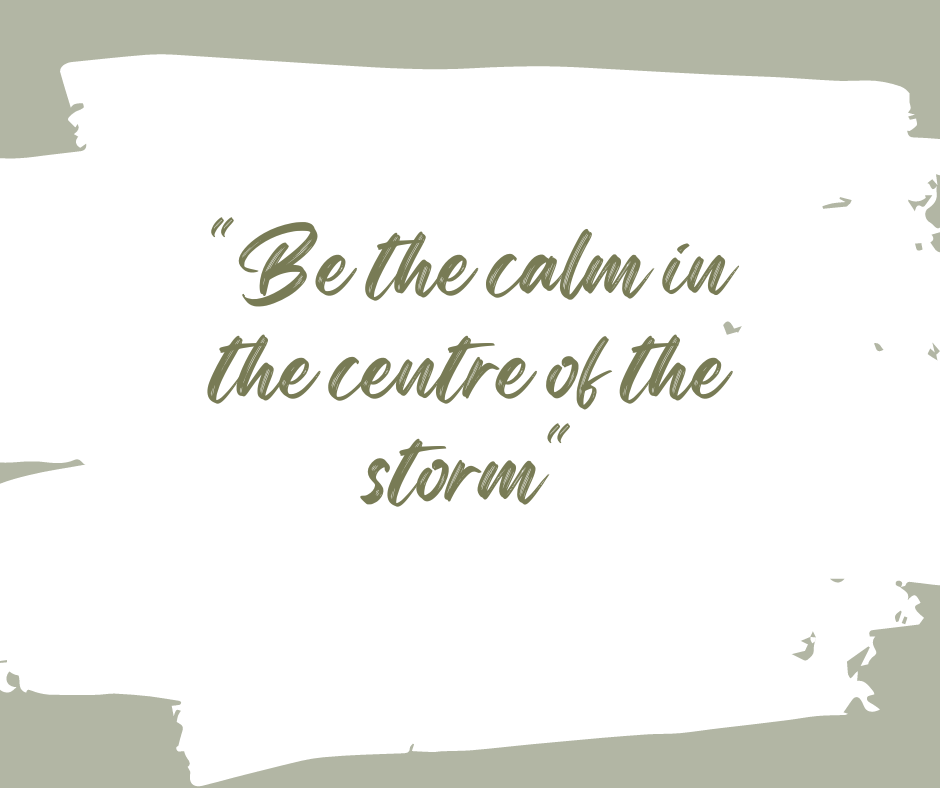
1. The first thing we need to do is remember how it feels to be angry and out of control.
And in moments when a child is out of control (in rage or sadness), this is when our relationship and how well we know this child really matters. When a child is raging, we need to ask ourselves the following questions and take into consideration what we know about this child that may be impacting their ability to cope and self-regulate;
We have all been there. Think back to a time when you felt incredibly angry. Remember the energy you felt in that moment? The outrage. Maybe something was unjust, or you weren’t understood. What did you do to express that anger? Did you throw things? Stomp a round, say mean things to people you actually like and then regret that later? Or did you internalise your anger, seethe quietly and find an unhealthy mechanism for relieving this later?
However you deal with anger, the key to understanding this child is that anger is energy. And like any energy that we have in our bodies, it doesn’t last. It is temporary unless it is suppressed. If we are able to express how we feel and release that energy, it will eventually dissipate. My bathrooms have never been so clean as when I scrub them in an angry bout!
The same applies to young children. Anger and rage, like all feelings, are temporary. If they are given time and space to express these feelings, they will eventually subside. But if we try to shush or calm or distract children from how they truly feel, this sends the message to them that their feelings are not valid. And more often our efforts to distract them will only fuel the rage and it will likely last longer.
2. Think about rage differently. All behaviour is communication.
Children communicate with us all day every day through their behaviour. Remember, young children, are in an apprenticeship where they are learning about life. We so often have much higher expectations of very young children than we do for ourselves. We expect children to stop on command, listen, do as I say, be quiet when I say, tidy up (when they were deeply enjoying this game), cope when they are tired, cope when they are overwhelmed, share all day every day. The list is endless.
But remember children are still learning
- How to communicate verbally and non-verbally.
- How to express their strong feelings and ideas in healthy, safe ways.
- How to get along with others.
- How to take turns and share.
- How to get others to see their point of view (many adults are still working this one out!)
- And how to self-regulate and regain control when they just can’t keep it together anymore.
And in moments when a child is out of control (in rage or sadness), this is when our relationship and how well we know this child really matters. When a child is raging, we need to ask ourselves the following questions and take into consideration what we know about this child that may be impacting their ability to cope and self-regulate;
- What has been happening for this child recently in the centre and at home?
- Have they recently been unwell, teething, or not sleeping well?
- What is happening in their home life that may be impacting them?
- What struggles might they be experiencing in their play and learning?
- Has this child been experiencing trauma?
- What questions is this child asking through their behaviour?
The answers to these questions will influence our understanding of why this child may be raging, and what we may need to do after this event to keep supporting them in their equilibrium and well-being.

3. This child does not necessarily know why they are angry
Young children often do not yet have the language or ability to understand why they feel the way they do. Their behaviour and reactions to events and triggers are impulsive and emotionally charged. What they don’t need from us in these moments is lengthy explanations of what happened, or questioning about what is going on. Remember they are an apprentice human being. So they don’t necessarily know how to answer these questions.
Children in situations where they are feeling so strongly angry may also be feeling a lot of fear. They may have experienced situations that we have no awareness of that triggers fear also. When a child is feeling fear and anger, they need to see and feel empathy and understanding in our eyes, in our actions and in our words.
We need to avoid labelling children as “naughty” or judging them as a person by this behaviour. Imagine how you would feel if the people who loved you judged you every time you lost control or became angry. We want to avoid children feeling judged by us in these moments. And we want them to know that they are always loved and that we understand they are learning.
4. Do not try to talk reason with an enraged child.
They are not going to hear or process your reasoning. The last thing anyone in a rage can do is hear reason. A child in a rage is operating from their amygdala. This means they are in the throes of a full-on fight or flight reaction. Nothing you say will help them to reach instant calm or reason. The more that you try to convince them of anything, the more they will resist. It’s instinctive.
Try to also avoid using placations that just don’t mean anything or are confusing e.g. “You’re ok.” Clearly, the child is NOT ok, so saying this sends a confusing message that the child cannot understand and which also minimises what the child is truly feeling. Try telling an adult “you’re ok” the next time they are clearly NOT ok.

5. Be the calm in the centre of the storm.
And let the child make these choices.
Avoid doling out punishment. Avoid making assumptions about how to comfort this child. Instead, ask them. We all have ways we prefer to receive comfort and care. You may invite the child to help you clean up “Shall we pick up these toys now and make them ready for us to play again?” But don’t push it. Children can also often feel quite tired after raging. So they may need a sleep, or just to sit quietly with you snuggled up on the couch reading a book.
Avoid discussing this child’s behaviour in front of or with other children. They may be curious or concerned for their friend. But it is important to avoid engaging in discussions that may shame or embarrass the child. Rather, offer a brief explanation e.g. “I think Toby was feeling really angry. But he has let it all out now.” Children can be very good at supporting their peers and offering to bring them back into play. So if this naturally occurs, ask the child if he feels ready to play again.
What this child needs from you when they are feeling out of control, is for you to be very much in control of your own feelings and behaviour. Children in a rage have a heightened sense of perception and they will be astutely aware of your body language and voice. Sit on the floor reasonably near them (if safe to do so), with open hands and take deep breaths. Let the child know that you are here for them, but don’t try to distract, cajole or change their behaviour.
“I can see you are feeling really angry right now. I am going to sit here ready for you.” Be present, be calm, be neutral. You cannot reason with anyone who is enraged. Not even the most saintly adult can see reason when they are feeling angry. So don’t try to convince them of anything. Just communicate your support by sitting calmly nearby.
When they do eventually calm down, they need to see that you are there for them. A safe harbour to return to. Accepting. Non-judgemental. Supportive. Acknowledging
“You were feeling pretty angry there huh. Do you need a hug now?”
“You know what, when I have let my anger out, then I feel kind of thirsty. Would you like a drink?”
“What would help you to feel better now?”
“You were feeling pretty angry there huh. Do you need a hug now?”
“You know what, when I have let my anger out, then I feel kind of thirsty. Would you like a drink?”
“What would help you to feel better now?”
And let the child make these choices.
Avoid doling out punishment. Avoid making assumptions about how to comfort this child. Instead, ask them. We all have ways we prefer to receive comfort and care. You may invite the child to help you clean up “Shall we pick up these toys now and make them ready for us to play again?” But don’t push it. Children can also often feel quite tired after raging. So they may need a sleep, or just to sit quietly with you snuggled up on the couch reading a book.
Avoid discussing this child’s behaviour in front of or with other children. They may be curious or concerned for their friend. But it is important to avoid engaging in discussions that may shame or embarrass the child. Rather, offer a brief explanation e.g. “I think Toby was feeling really angry. But he has let it all out now.” Children can be very good at supporting their peers and offering to bring them back into play. So if this naturally occurs, ask the child if he feels ready to play again.

What about when the raging child is throwing things, damaging property or hurting others?
Even though we are aiming to be supportive, and to allow this child to express their feelings authentically, we do not have to allow them to damage property. And we most certainly cannot allow them to harm themselves or others. So here’s what we can do;
Even though we are aiming to be supportive, and to allow this child to express their feelings authentically, we do not have to allow them to damage property. And we most certainly cannot allow them to harm themselves or others. So here’s what we can do;
- Ensure other children are protected. If necessary, temporarily take the other children into another space where they are not able to watch the raging child. Having an audience can inflame them further. But for some children, witnessing a friend in a rage can be distressing. And it is also important that we do not leave children in a vulnerable place where they may be hurt.
- It is always ok to have boundaries. And more often children stuck in expressing strong feelings actually need us to provide the boundaries that help them to feel safer in this situation. We can therefore state very clearly to the raging child “I am not going to let you”… - Break that... - Hurt me... etc And gently remove any items they may be attempting to throw or kick or damage. If necessary we can hold out an open hand in a “STOP” position, that prevents them from hurting you.
- It is often preferable to be outside with a raging child. There is less equipment that can be damaged, and it provides a larger space for them to let that anger out. If need be, they can run away from you, hide or stamp their feet and it has less impact on others. Bigger spaces allow for the expression of big emotions.
- For some children, it can help to offer a safe, soft space to rage in e.g. on a couch. If this child is physically hurting others (including educators) we can carry them gently to the couch (with their back facing you so that they cannot hurt you) and state “this is a soft, safe space for you to be angry. I can’t let you hurt me.” Always keep open hands, and use a calm, gentle voice as much as you can.
- Which educator has the strongest relationship with this child? Most children will have one educator in your centre who they relate strongly to or prefer when they need comfort. If possible, it is ideal that this person is present with them when they are raging. Because the child will know and trust that this person understands and loves them. And they will also likely respond better to this educator when they are ready.
- Tag out if you need to. Working with a child in a raging state can be emotionally challenging. And while it is important to maintain consistency and stability for the child, if a team member is becoming overwhelmed with the situation, it is best for them and the child to swap with another educator and take a break. Take care of yourself and your colleagues as well as the child.
6. Discuss your strategies as a team and create plans together
Like any area of practice, how you are going to respond to children’s communication behaviour needs to be discussed as a team. Talk together and develop agreed strategies for guiding and supporting children’s authentic expression of strong emotions that are based on research, best practice guidelines and your centre’s philosophy. Keep learning and growing in your practices as a team in the best interests of the children you care for.
If this is persistent repeated behaviour you may need to record observations and try to understand any patterns or triggers. Are there any particular times of the day, or situations that trigger this behaviour for this child?
Develop a written “care plan” in consultation with the child’s family (rather than a behaviour plan which insinuates that the behaviour needs changing when what the child really needs is care and support in their learning).
7. Get help if you need it
Seek professional external help if a child’s raging persists, or you feel they may be at risk. Educators are advocates for children, and we have a responsibility as professionals to seek further help when the strategies we have been working with over a period of time are not working or we feel that a child needs more expert help.
Our goal as early years educators is to help children to learn healthy strategies for dealing with their own emotions. Our actions and responses to these situations can have a huge impact on a child’s developing self-belief, trust in others, and understanding that it is perfectly acceptable to have strong feelings.
If we can support children in their early years to develop self-regulation and the ability to be authentic in their feelings, then they have a stronger chance of growing into teenagers and adults who have the strategies for honest, healthy self-management.
If we can support children in their early years to develop self-regulation and the ability to be authentic in their feelings, then they have a stronger chance of growing into teenagers and adults who have the strategies for honest, healthy self-management.
And wouldn’t we all prefer to live with those adults in our lives?
We recommend the following further helpful reading from Janet Lansbury;

written by
Angela Bush
Founder - ECE Learning Unlimited
Bachelor of Education (ECE), Diploma of Nursing, Diploma of Teaching (ECE)
Angela is a degree qualified and registered ECE teacher, multiple ECE centre owner, curriculum leader and business manager of ECE Learning Unlimited. She is also a registered nurse.
With over thirty years in ECE and centre ownership, Angela has a wealth of experience and knowledge in successful ECE leadership and centre management.
Over the years Angela has also had roles as a lecturer in ECE, nanny, teacher, and mentor.

